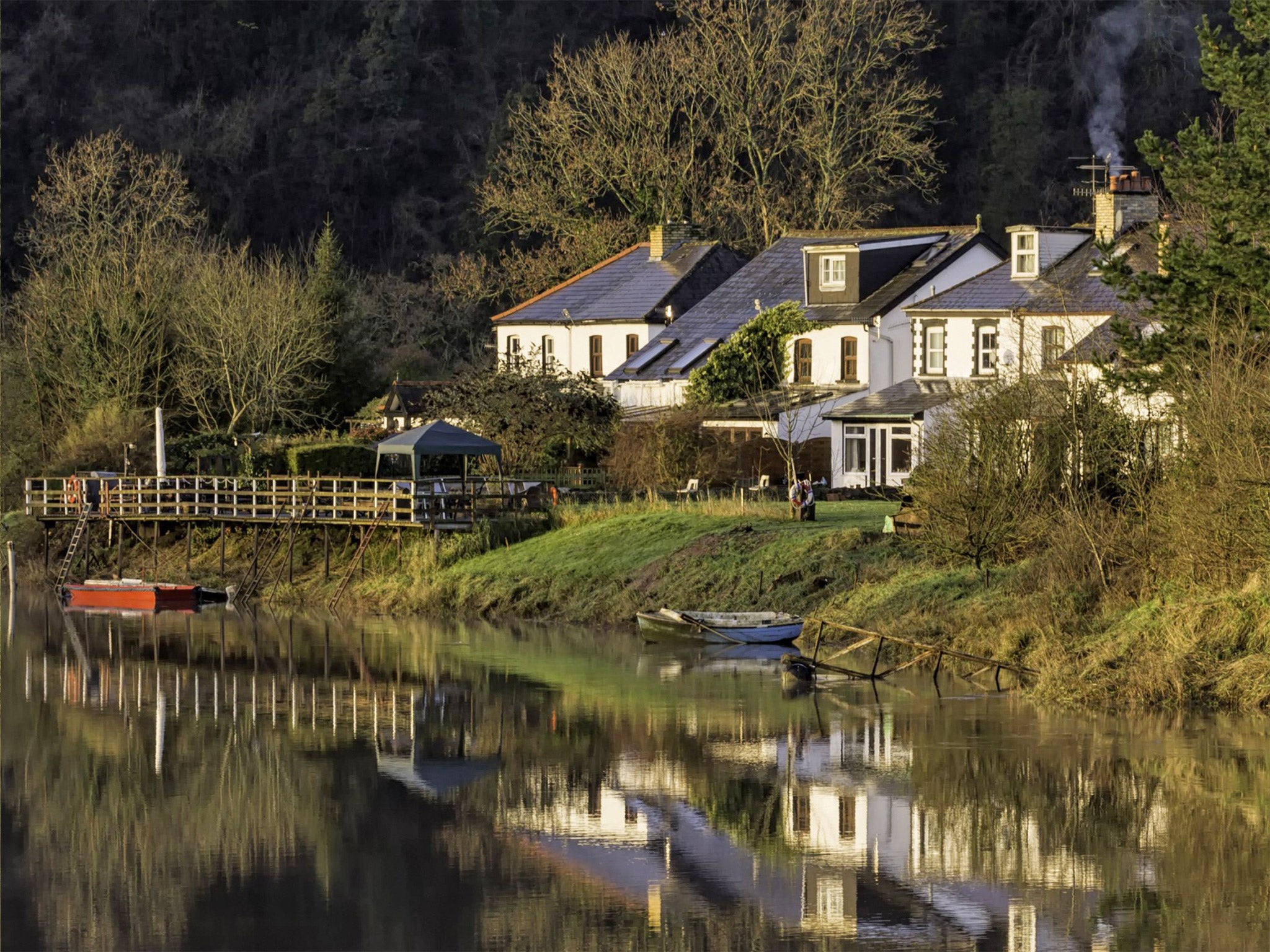A million homes to be heated by river water energy
Exclusive: Scandinavian-style technology water-source heat pumps to be used

Your support helps us to tell the story
From reproductive rights to climate change to Big Tech, The Independent is on the ground when the story is developing. Whether it's investigating the financials of Elon Musk's pro-Trump PAC or producing our latest documentary, 'The A Word', which shines a light on the American women fighting for reproductive rights, we know how important it is to parse out the facts from the messaging.
At such a critical moment in US history, we need reporters on the ground. Your donation allows us to keep sending journalists to speak to both sides of the story.
The Independent is trusted by Americans across the entire political spectrum. And unlike many other quality news outlets, we choose not to lock Americans out of our reporting and analysis with paywalls. We believe quality journalism should be available to everyone, paid for by those who can afford it.
Your support makes all the difference.More than one million homes across Britain could be heated using green Scandinavian-style technology that takes heat from nearby rivers and canals and pumps it into the home, the Government will announce today.
The Energy Secretary Ed Davey is to leading a new drive to promote water-source heat pumps – carbon-free devices that extract thermal energy from waterways to heat water for radiators and showers.
He has identified more than 4,041 rivers, estuaries, coastal sites and canals containing water warm and accessible enough to heat homes.
More than one million homes are close enough to water to make use of the devices – with hotspots including buildings around the River Ouse in Selby, the River Trent in Nottingham and the Thames in London.
Installing a water source heat pump reduces the need for dirty gas-fired domestic heating, and could allow the average household to reduce its carbon footprint by as much as 50 per cent.
The energy produced is both clean and renewable, and households could knock as much as 20 per cent off their heating bills, Mr Davey says.
“We need to make the most of the vast amount of clean, renewable heat that lays dormant and unused in our rivers, lakes and seas,” Mr Davey will say when he launches the drive into the technology at Battersea Power Station today.

“Water source heat pumps will help contribute to an energy mix that maximises clean, reliable home-grown resources rather than relying on foreign fossil fuels. It also provides a system that bolsters growth in our local economies, protects the natural environment and creates resilient communities that are capable of producing sustainable power systems.”
Battersea hopes to install a series of water pump that could heat around 4,000 new homes, shops, offices and public amenities being built as part of the site’s redevelopment. It is working on a feasibility study for the project with SSE, one of the big six energy providers.
Water-source pumps date back to the 19th century and are popular in Scandinavia where they are mainly used to heat individual homes.
However, they are far less common in the UK and have been rarely used for the kind of larger scale community projects the Government hopes will become common, alongside those used by individual houses.
But systems are becoming much more sophisticated and scientists at Mitsubishi and Mike Spenser-Morris – a London property developer and director of the Zero Carbon Partnership – have together created one that can create 45C heat and can be used on a wider scale for mass housing developments.
The pumps work through a system of pipes that are typically run around 2m below the surface of water in rivers and canals, where the temperature is about 8C to 10C. These pipes are filled with a solution of water and anti-freeze which is heated by the warmer water outside the pipe and pumped into the home.
Greenpeace UK’s chief scientist Dr Doug Parr welcomed the Government’s drive into the technology. “Heat pumps are much more commonly associated with Scandinavia. They are a good thing and need to be encouraged in the UK,” he said.
Heat Pumps: How they work
A network of pipes containing water and anti-freeze run from river to house.
Fluid mixture in pipes is cooler than the river, so heats up. Then pumped back to an “evaporator” in the house.
The warmed fluid heats a “refrigerant” gas with a very low boiling point. The refrigerant evaporates and the resulting gas is compressed, pushing up its temperature.
The hot gas flows through a heat exchanger, which extracts the heat and delivers it to the radiator.
Join our commenting forum
Join thought-provoking conversations, follow other Independent readers and see their replies
Comments